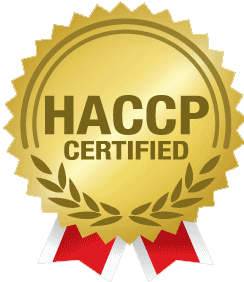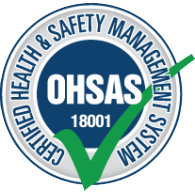Hazard Analysis Critical Control Point (HACCP)

HACCP is a globally recognized system to minimize any sort of hazards for food. It involves a system of identifying the possible hazards, setting critical limits, and applying control measures then and there. By hazards, it includes all kinds of physical, chemical and biological hazards.
Who Can Use HACCP Certification?
All companies involved in the manufacturing, processing or handling of food products can use HACCP to minimize or eliminate food safety hazards in their product.
Principles Of HACCP
- Conducting a hazard Analysis – The hazard identification is done in two steps, first the identification of hazards, then an evaluation of the hazard
- Identifying critical limits – Here one decides the criteria to be met to control the hazard at that point which may include the temperature to be set or the time etc
- Identifying the critical control points – A specific procedure for every critical point is decided. This is the critical limit for the CCP. If this limit is ever exceeded corrective action must be taken, and all affected product controlled.
- Establishing Monitoring procedures – The kind of monitoring, whether full time or part time and the regularity of showing measurements in the monitoring procedures etc is determined in this. The monitoring that takes place at the critical control points is essential to the effectiveness of the HACCP program.
- Establishing corrective actions – Here one establishes the actions to be taken if the critical limits are not met. Deciding these factors beforehand helps in taking the appropriate steps on time when the conditions are not met.
- Establishing record keeping procedures – One determines what records are needed to show that the critical limits have been met, and the system is in control
- Establishing verification procedures – The HACCP plan must be validated. Once the plan is in place, it must be ensured that it is effective in preventing the hazards identified. The end product is tested and verified.
Occupational Health And Safety Management System (OHSAS)

OHSAS is an international standard which provides a framework to identify, control and decrease the risks associated with health and safety within the workplace. Implementing the standard will send a clear signal to your stakeholders that you view employee’s health and safety as a priority within your organization.
WRG Certifications & AIAO -Bar




